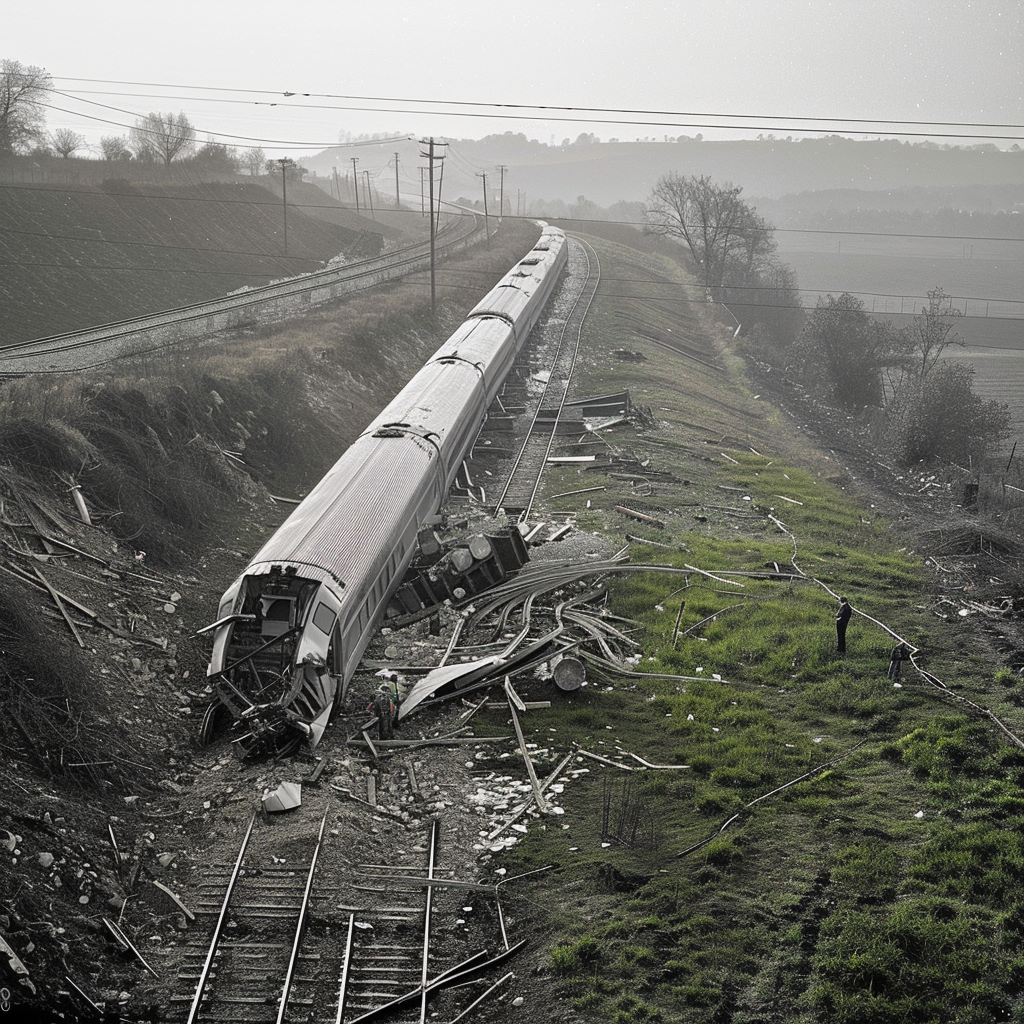We believe that “together, change is possible.” But the truth is that NOBL was founded in response to a growing body of evidence of just how impossible it was to make change.
Our founding members had all worked in innovation agencies, digital transformation studios, and within the operations function of major companies, tasked with infusing organizations with new ideas and technologies that would give them a competitive edge. But to our surprise, we saw firsthand that organizations weren’t suffering from a lack of ideas or access to technology. In fact, they often had passionate staff who were already championing the same new approaches we were peddling. The real problem was organizational culture: incentives that muzzled new ideas, silos that prevented changes from spreading, and processes that reinforced the status quo at every turn.
What organizations actually needed was a process to make change. Not another comms plan or additional “change theater,” but a way to truly change collective behaviors and mindsets. Teams had to adapt to customers’ emerging needs faster. Leaders wanted to spread new practices throughout the organization, and to know when it was time to revisit those practices. In other words, organizations needed a process to ensure change wasn’t just a one-time event driven by a lucky or persistent “rebel,” but rather, a muscle within the organization that could grow stronger with practice.
So, we hit the books. (Cue the movie montage.) We investigated every popular change model on the market. We interviewed past clients and legendary changemakers. We pestered experts. We hired academics and seasoned change practitioners. We borrowed ideas from traditional change management, yes, but also complexity science (a new scientific field that emerged in the 1980s and 90s), human-centered design, and agile and lean methodologies. Most importantly, we experimented with real teams and their messy problems. Over a span of five years, and in partnership with some of the world’s most famous organizations, we tried dozens of novel combinations of change processes, aiming for the following outcomes:
- Rapid proof. If the shared belief that “change is possible” is so critical to long-term and org-wide change, could we produce early wins that serve as tangible evidence that change is, indeed, possible? Could we confront skepticism and even cynicism, not with arguments or empty gestures, but with real proof of change?
- Minimal ongoing resistance. Could we confront, head-on, the feelings of loss (of control, time, competence, and so on) that folks naturally feel amid any significant change?
- Enduring impacts. Could our changes stick? And not just when it was safe to experiment—would teams continue to embrace change and adaptation when uncertainty and pressure mounted against them?
- Increased capacity for change in the future. Could we design a process that would ultimately work within organizations without our support in the long-term? Would they be more open to change in the future?
As we chased those outcomes, we found that the following mindsets and methods were essential to success:
- Co-creation: When we let go of our need to be perceived as experts, and just asked teams what they’d always wanted to try, we saw a dramatic increase in and efficacy of change. Teams who designed their own change had greater motivation and resisted loss less. So we embraced our role as coaches in their process, helping teams troubleshoot blockers and stay on track, rather than trying to prove just how smart we were.
- A behavior-first approach: Decades of social science tell us that behaviors change attitudes, not the other way around. Yet so many change models obsess over comms plans and catch-phrases, desperate to persuade people into changing. Just as a smoking cessation patch beats a scary PSA in helping folks actually quit smoking, creating a safe environment where teams can try new behaviors together works better to produce change than any comms plan or sizzle reel. In our process, when communication efforts do kick in, it’s to tell the story of teams who are making change—not idolizing change itself.
- Different methods for different types of change: Generally, change within organizations happens in two ways:
- Some changes, like reorgs, mergers, and leadership transitions, companies need to get mostly right the first try. That’s because they affect the entire organization and are painful to reverse. So while no change can be guaranteed, these interventions need to be as fail-safe as possible, typically following a waterfall methodology.
- Other changes—new processes, tool implementations, cultural rituals—actually benefit from rapid iteration, and can be reversed without much cost or harm. These interventions adopt a more agile methodology, where rapid experimentation and constant iteration lead to better solutions, all without causing irreparable harm.
- Most enterprise-wide change programs (like a reorg or strategic pivot) involve both types of change, as well as a way to continually connect the dots between the two. Once we started applying these principles, we saw a major uptick in our success rate, as clients better understood how the different changes we were making impacted each other.
- Change as competitive advantage: The most successful organizational changes are led by executive teams who see change as an ongoing competitive advantage, not just a one-time endeavor. These leaders demanded not just our coaching and expertise, but an expectation that we would leave their organizations better equipped to respond to change.
Putting these lessons together, we are excited to finally unveil our approach to organizational change that we call “Change Making.”
Introducing Change Making

In practice, Change Making is a complex process due to the very nature of organizational change itself—one that we offer both in delivery and in training to our clients (so don’t hesitate to reach out for more information). For now, let’s walk through the steps at a high-level:
First, in any new organization, we orient ourselves. Our primary goal of this step is to understand where the organization needs to go, and what resistance to change to expect. This isn’t a traditional consulting company’s “discovery” phase: in fact, because of our training in complex systems, we don’t believe you can describe an organization accurately just through interviews and surveys. The real understanding comes when you try to make change, which reveals where power lies, what triggers resistance, and which divisions lean in versus those that “wait and see.”
As a result, this step is also much faster than a typical discovery phase, and culminates in a portfolio of changes sourced from staff themselves. We ask teams directly what they would like to try, and facilitate retrospective meetings with cross-functional groups to identify better ways to work together. We’ll deploy surveys, too, but largely to define a set of baseline metrics to compare against over time.
Second, we discover by doing in the Scout phase. In a matter of weeks—and depending on the organization’s goals—we launch a series of pilots to validate our initial plan and prove to any skeptics that change is indeed possible. Through test-and-learn sprints, we coach teams to chase their desired outcomes and transparently share their progress with the organization.
Third, we accelerate the impact and scale. With lessons learned from the initial pilots, we then spread successful experiments and tackle the biggest bets of the transformation. Here we also begin using more formal measurement tactics to assess both internal acceptance and the program’s early results.
Fifth and finally, we equip the organization to no longer need us to make change. Throughout our process, we train internal champions in our Change Making approach, but this is the moment when the group codifies those lessons into a unique “Change Playbook” for the rest of the organization. For our enterprise-sized clients, this step typically involves forming a center of excellence to lead organizational change within the company in the future. Organizations that have continued to use a modified version of our process have identified millions of dollars in both cost-savings and new opportunities.
All models and approaches are wrong, some are useful
We expected to find the answer to our founding question, “How do you actually make change in organizations?” in existing literature or practice. And while we found inspiration, we didn’t get a real answer until we experimented in partnership with our clients. Over the past ten years, this model has consistently produced meaningful change across a radically diverse set of companies, cultures, and contexts. We firmly believe that, in the world of change models, it stands alone in terms of both potential impact and holistic understanding—not so much because we favor what we imagine, but because we’ve tried the rest. You don’t have to take our word for it: we’re sharing so you can try it for yourself. Of course, we’re happy to help directly.













